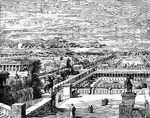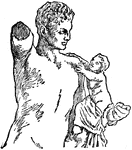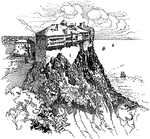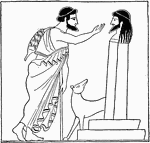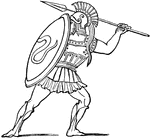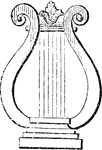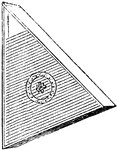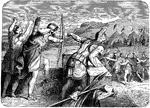
Astor to Philip's Right Eye
"It was during the siege of Methone that Philip had the misfortune to lose on of his eyes. A random…

The Isthmian Games
One of the Panhellenic Games of Ancient Greece. They were held both the year before and the year after…

Colossus at Rhodes
Statue of the Greek god Helios. It is currently considered to be one of the Seven Wonders of the Ancient…

Socrates
A classical Greek philosopher. He has become known for his contribution to the field of ethics, and…
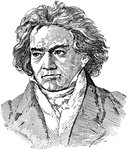
Ludwig van Beethoven
A German composer and pianist. He is considered to have been the most crucial figure in the transitional…

Eleutherios Venizelos
A popular Greek revolutionary and Prime Minister of Greece, serving from 1910 to 1920 and again from…

Greek Soldiers
"A group of Greek soldiers, drawn from sculptured figures in the temple pediment."—Gordy, 1912
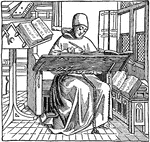
Monk Copyist
"The monks also became copyists, and with great painstaking and industry gathered and multiplied ancient…
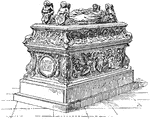
Tomb at Tours of the Children of Charles VIII
"Showing the influence of ancient classical art upon the art of the Renaissance."—Myers, 1905

The Discus Thrower
Also known as Discobolus. The Discus Thrower is a famous, ancient bronze statue that demonstrates a…

Apoxyomenos
An ancient sculpture representing an athlete using a strigil to scrape sweat and dust off his body.

Temple of Neptune
"Paestum, the Greek Poseidonia, was a colony of Sybaris. The malarial atmosphere of the place led to…
Greek Soldiers in Arms
"From a Greek vase of about the time of the battle of Marathon."—Webster, 1913

The Mound at Marathon
"Near the southern extremity of the plain of Marathon rises a conical mound, 30 feet high. it covers…

An Athenian Trireme
An ancient ship used by Greeks and Romans. The ship has three rows of oars on each side, with a man…
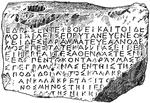
An Athenian Inscription
"A decree of the Council and Assembly dating from about 450 B.C."—Webster, 1913

Pnyx
"Shows the bema, or platform, from which orators addressed the assembled citizens."—Webster, 1913

Mourning Athena
"A tablet of Pentelic marble. Athena, leaning on her spear, is gazing with downcast head at a grave…

An Athenian Gravestone
"A relief on the tomb of a certain Hegeso. It represents a woman, seated, taking a jewel from a casket…
Combat Between Achilles and Hector
A depiction of the mythological combat between Achilles and Hector.
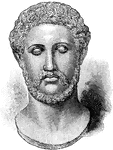
Alcibiades
A prominent Athenian statesman and member of the aristocratic family of the Alcmaeonidae.
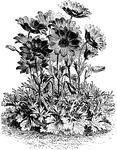
Anemone Fulgens Flower
The anemone fulgens flower is a dazzling scarlet color with a black central patch of stamens. This flower…
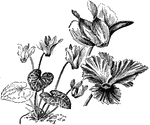
Cyclamen Persicum
Shown is a flower of perfect form and the crested variety of cyclamen persicum. The plant is native…

Ice Plant
The flowers of the ice plant are small, whitish or varying to light rose color. It is native to South…

The Acropolis
An image of the Acropolis, as it was, seated in Athens, Greece. The Acropolis is an ancient, famed citadel…

Gladiators
This illustration shows various types of gladiators, each type with with his specific weapons attributed…

Chateau of Chambord
The Chateau of Chambord is located in the commune of Chambord in the Loire Valley, France. The castle…
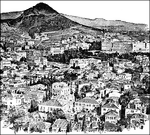
The City of Athens Circa 1912
The city of Athens, Greece as it looked circa 1912. The mountain in the background is Mount Lycabettus.…

The Victors of Salamis by Fernand Cormon
Illustration of a painting of the ancient Greeks returning victorious from the Battle of Salamis against…

The Acropolis of Athens - Restoration of the Propylaea
Illustration of the Acropolis restored to what it may have looked like when originally completed. The…
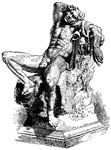
The Barberini Faun, or Drunken Satyr
Illustration of the life-size marble statue located in Munich, Germany. It was found in 1620 in a moat…

The Base of an Ionic Column at the Erechtheum
The base of the column, torus, displays a concave molding called a scotia. This type of base was not…
